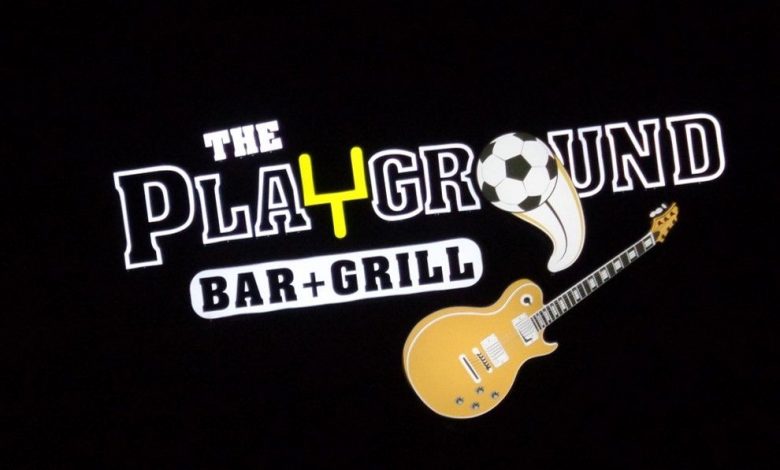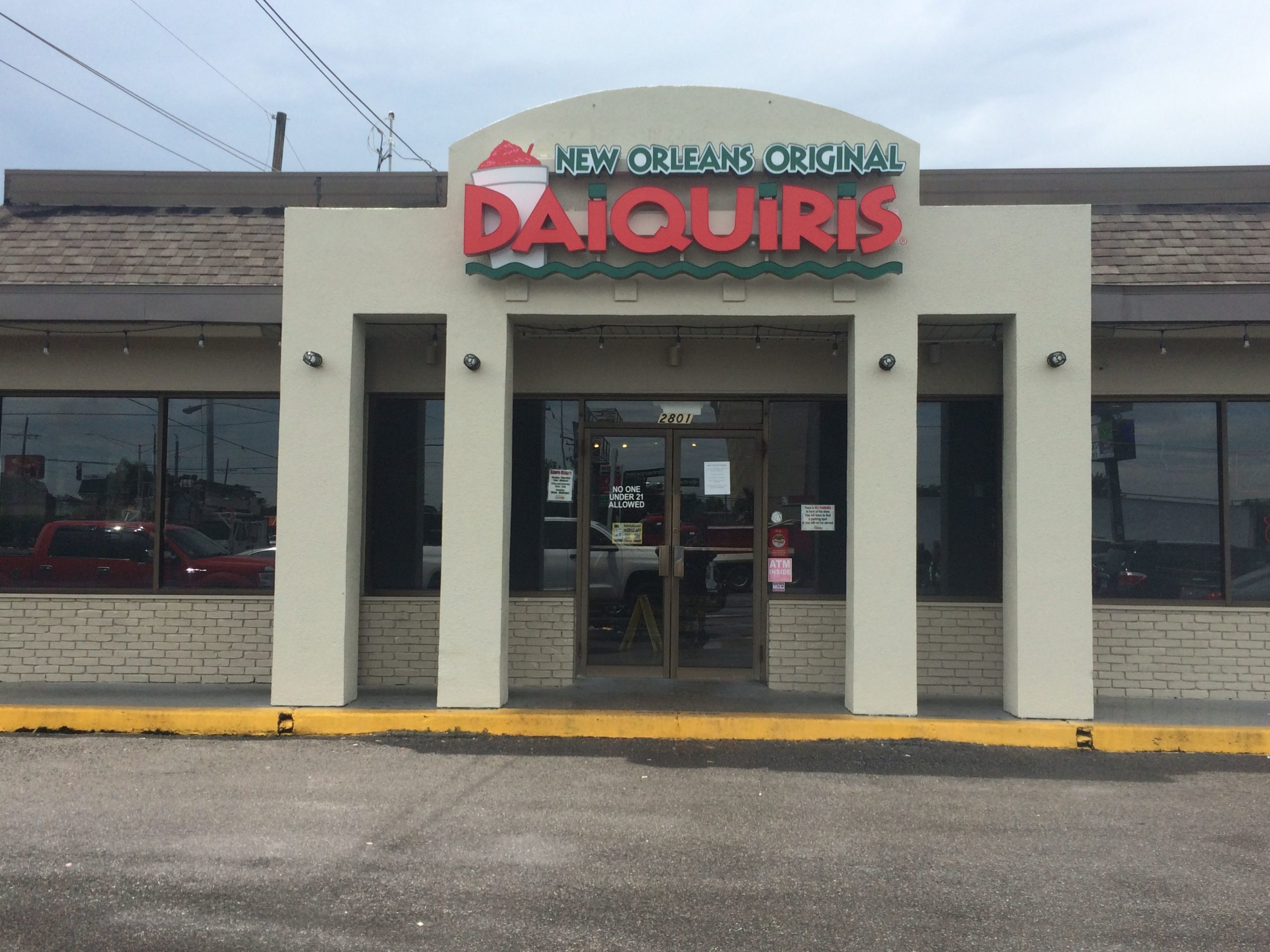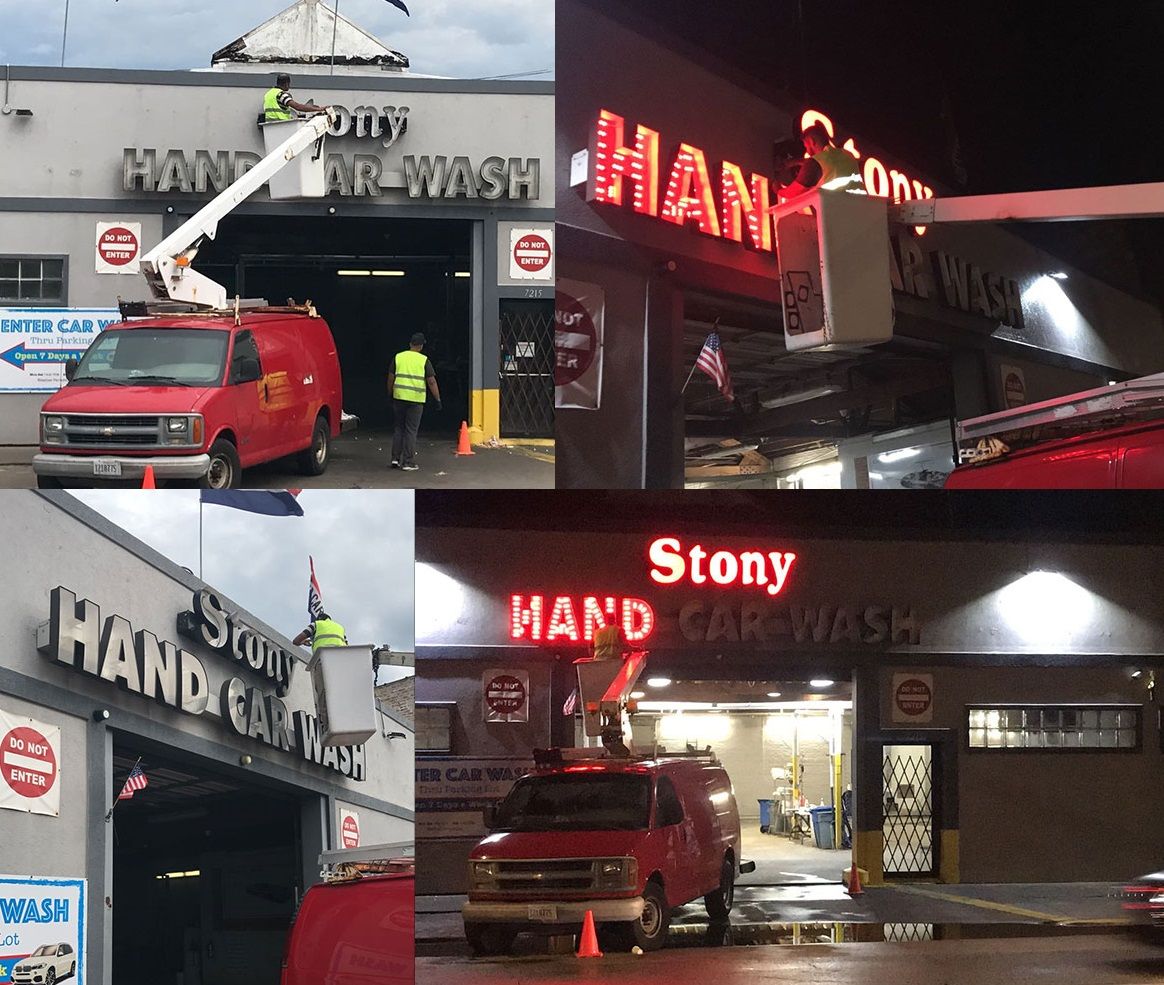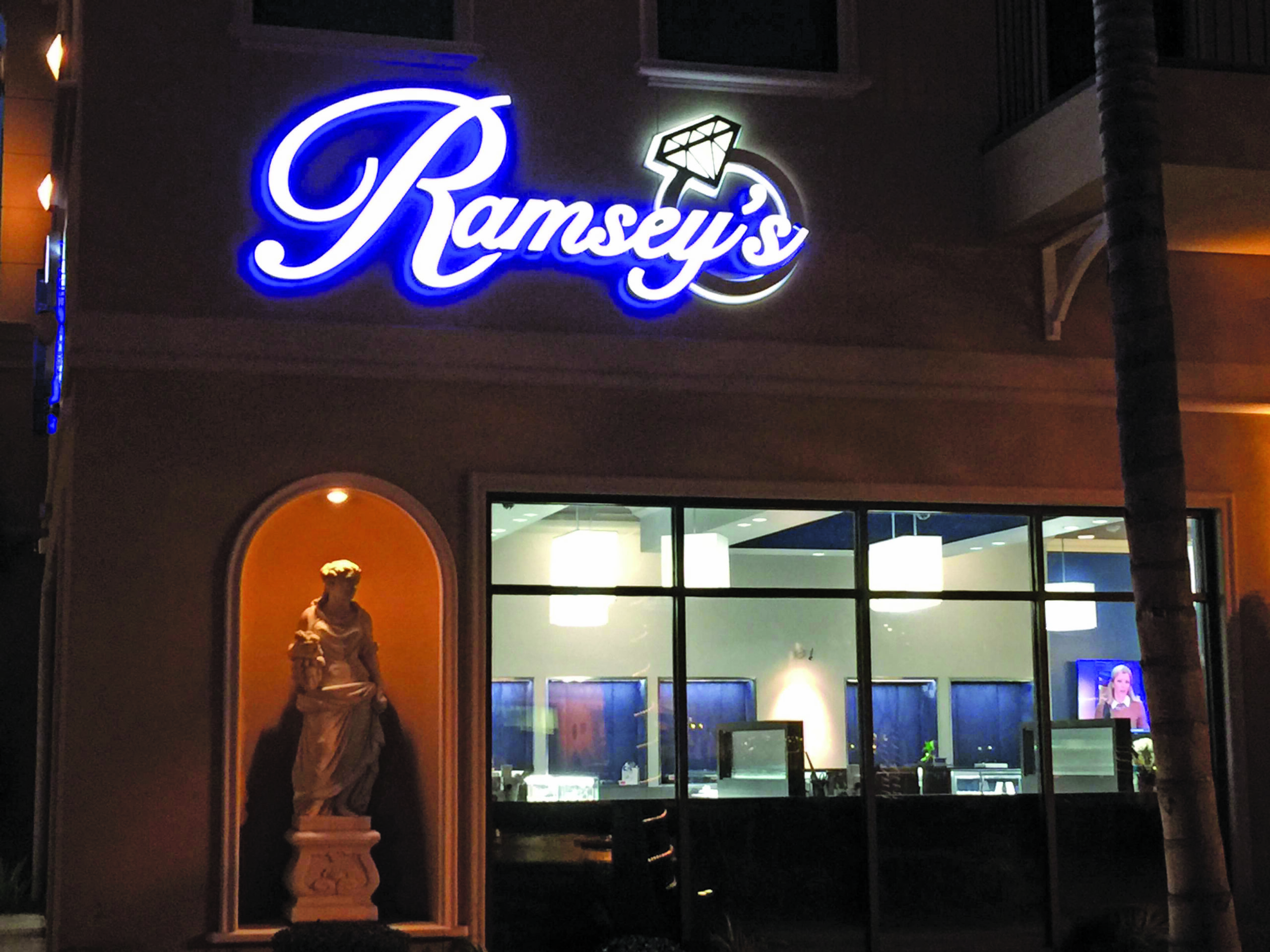Tackling the Challenges of Channel Letter Projects
Here's what to do to minimize things going wrong
Wouldn’t it be great if everything worked perfectly? No concerns. No frustration. No problems whatsoever. Think about all of the advantages. Your car’s high mileage would have no impact on its performance. Be done with all cracked cell phone screens along with pocket dialing and low battery life. All would be utopian.
But those in the sign world know this is never the case. Things can go south in a split second. Parts will fail. Installations hit snags. Production errors occur. That’s when preparation and professionalism shine through.
Even when focusing solely on channel letter projects, many challenges can derail the entire process. This is especially true when you consider the design, the letters, the lighting, and the install. Combine these critical working components and there is bound to be some kind of complication. Fortunately, sign makers have learned to troubleshoot these problems and develop viable solutions for customers. It’s a process that combines knowing their capabilities and understanding what the client needs.
“It’s just so many different things, you really need information,” states Warren Sciortino, LetterFab Wholesale Channel Letters. “Information in the sign industry is really one of the most important things. And by having the right information, you can give the right pricing, and you can give the best possible price on a job.”
Common channel letter problems
Let’s first take a look at some potential snares in channel letter jobs. As it goes with many different types of sign projects, it’s mainly up to the customer to dictate how the sign will look. That includes having an accurate depiction of the sign.
“One of our biggest problems that we have is getting the right information,” continues Sciortino. “Some sign companies do a really good job on design, they do nice drawings, they show side views, LEDs, the whole thing. Then there are sign companies that are so unprofessional that you don’t even know what to estimate because they don’t give you any information.”
Being in the wholesale business, while also having previous experience on the retail side, Sciortino has worked with manufacturers, sign makers and customers directly. He realizes that it takes a lot of perseverance to win a sign job, but the end reward is worth the effort.
“If I was a customer and I had three sign companies making a presentation,” explains Sciortino, “and two of them looked like they had put in half the work while the other one came with a professional drawing, I’m going to go with the professional drawing-even if the price is higher. I would feel more confident in the third company that they would do a good job.”
So right from the start, sign companies can run into problems in the opening preparation stages of a project-before they even win the job. But assuming that piece is done probably, the time would come to move to the actual work. Dealing with the components of the sign presents a couple of potential pitfalls.
“The most common problems with channel letters are the lighting and power supply components of the signage,” says Asad Malik, senior executive, Malik Lighting & Signs Services. “These two are the main components of the signage that cause trouble to most customers and require repair services after installation.”
Lighting can be fickle, especially in earlier versions of channel letters. Today, however, LEDs have provided a dependable and longstanding solution. They are built to outlast their lighting predecessors, like neon.
“When we had neon, and I would sell a neon job,” starts Sciortino, “if someone asked if that sign would break, I basically said ‘yes, it probably will.’ It’s glass, sometimes it gets exposed. It’s not as good as the LED signs.”
LED lighting is rarely the fail point in signage; Sciortino estimates that they produced about 10,000 signs last year and had zero problems with the LEDs. The real “problem” with channel letter LEDs isn’t the actual diode but the placement of it.
“Unevenly lit letters/shadowing can be a problem with channel letter signage,” explains Rich Matas, Principal LED‘s Pacific Southwest sales representative. “Channel letter depth, height of the sign (e.g., a 1-story-tall sign versus a 20-story-tall sign), and face material (e.g. acrylic versus vinyl) are things to take into consideration for channel letters to be properly lit.”
Matas’ colleague at Principal LED, Daryl Foreman, LED senior VP of national sales, adds that “The most common challenge is coming up with a profile that can be illuminated and visually pleasing while being legible at the same time.”
Finding a fix
Now knowing that these flares can arise, sign makers must have the fortitude to deal with them swiftly and accurately. When faced with situations that can impede the progress of a sign’s completion, sign makers should first assess and understand the challenges.
“The way sign makers troubleshoot these problems is by observing these components that burn out most of the time when you have a signage outage,” suggests Malik.
Coupled with the observation step, the design phase that should be included with the project needs to be clear and consistent with the intended message.
“Sign makers should pick a font, style and color that’s legible and can stand out from nearby signage and lighting,” says Foreman.
With that comes the production of the letters-measuring, bending, cutting-and the inclusion of the lighting component. Each step is no less important than the others.
“First, the height of the sign determines the depth of the letter, so a 20-story-tall sign should use deep letters while a 1-story-tall sign should use shallow letters,” says Matas. “Second, utilize the proper LED module to match the depth and face material so there aren’t any hotspots. Principal LED assists with proper LED usage through depth charts, layout assistance, and other resources. Third, make sure to match the LED module color to the face material color, so a red LED should be behind a red face, a green LED should be behind a green face, a blue LED should be behind a blue face, and a white LED for everything else.”
In some instances, there will be failures after the sign has been finished and installed. In these cases, customers can turn to the sign maker or a maintenance professional for further assistance.
“The sign repair technician is the one who usually has to troubleshoot instead of the sign maker or manufacturer,” says Malik. “The sign technician will test the lighting within the sign to see if it works. If that works, then most likely the outage is caused by a burnt power supply or ballast within the sign.”
All things considered, when sign makers use the right products and put in a high level of work, most problems can be averted.
“If you do a good quality LED sign, it won’t break,” offers Sciortino. “When somebody buys that sign and puts it up, the chances of that sign not breaking is probably 99 percent. Every now and then you might have a power supply that will go out or somebody could have hooked it up wrong, but it’s very few. You use 3/16-inch plastic, which is a nice, thick plastic. You use .063 backs. You’re building a quality letter at a pretty good price.”
Special cases
Are there more specific problems to channel letters? Sure. After all, not all projects are built the same. Some jobs are big. Some jobs are small. The lighting can be approached in different ways. There are varying degrees of difficulty.
“Open-face letters are not limited to LED lights, so you have more lighting options with them,” starts Foreman. “Halo-lit signs depend on the substrate/wall that the letters are going to be attached to. When attaching halo-lit letters to a wall that is Stucco or Sheetrock, the light is going to hit the wall and produce a ‘glow’ effect. If that same wall is marble or extremely shiny, it doesn’t disperse that light, so you will see the individual LEDs instead of a glow.”
Another consideration unique to channel letters is whether the project is a new build or a retrofit job. Malik suggests that if quality power supplies and LEDs are used, there will be no problems. However, with the entirety of the retrofit project, some issues may arise.
“In retrofits, depending on how much work needs to be done, you may need to repaint, replace the old wiring, and, if it was neon, all the tube supports need to be removed,” tells Foreman. “The letters have to be thoroughly clean for the LEDs to stick, and faces may have to be replaced depending on how old they are.”
Sign makers should also consider any regulations or requirements associated with a channel letter project, especially with the lighting aspects.
“NEC 600 (sign installation) and UL 48 (sign components) are the codes that should be followed,” suggests Derek Hopper, compliance engineer with Principal LED.
Malik adds that, “Some villages or cities require the signage to be UL listed and some don’t. This is simply based on what the customer and/or village hall may require them to have.”
In the end, to avoid problems and best serve the customer, sign professionals need to carefully asses each project as well as execute soundly. Being prepared, using the right products and providing quality installation work will allow sign makers to be as close to perfect as possible.







